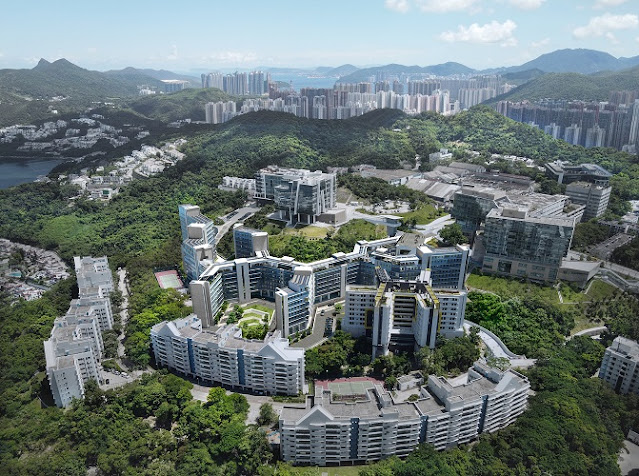Zaha Hadid Architects and L&O have unveiled a new design for the Student Residence Development at the Hong Kong University of Science and Technology, one of the leading research institutions in Asia and around the world. Created after an urgent demand for new residential facilities and halls within the campus, the project is scheduled for completion in 2023.
Designed by Zaha Hadid Architects in collaboration with Leigh & Orange, the newest additions to the Hong Kong University of Science and Technology will house over 1,500 students. Inspired by the university’s mission “to harness technology and innovation to solve today’s critical global issues”, the project combines advanced digital design technologies with sustainable construction practices and operational strategies.
The Clusters: The Student Residence consists of 3 cluster types; Linear, V-Cluster, and Y-Cluster. Each of them has a different bed capacity, double or single occupancy bedrooms, bathroom, and configuration of communal spaces.
Source: ArchDaily
扎哈·哈迪德(Zaha Hadid)建筑师事务所和L&O推出了他们香港科技大学学生公寓的心新设计。香港科技大学是亚洲及全球领先的研究机构之一 。该项目是在校园内迫切需要新的住宅设施和礼堂的情况下创建的,计划于2023年完成。
由Zaha Hadid建筑师事务所 与Leigh&Orange合作设计, 香港科技 大学的最新增设 将容纳1,500多名学生。受大学使命“利用技术和创新来解决当今关键的全球性问题”的启发,该项目结合了先进的数字设计技术与可持续的建筑实践和运营策略。
这些位于科大校园东南方的建筑物将位于在25m的坡度中,主要由三部分组成:中央脊柱,庭院和集群中心。通过将特殊的模块化建筑方法和建筑物内的可持续性措施集成在一起,多庭院多节点项目的设计由一组宏观和微观参数决定。最后,从概念阶段最初就早已采用了建筑信息模型(BIM)和设计仿真,并且在设计开发过程中将BIM完全集成在一起,以优化设计协调和材料选择的有效性。
中央脊柱:Roofline已开发为200m长的“中央脊柱”,将作为具有多个社交功能的公共区域,例如休闲休息室,体育馆,公共餐饮平台和IT实验室以便学生和工作人员使用。这条通道将北部的学术建筑与校园的主要住宅南侧连接起来,从而无需绕过丘陵地带即可到达生活区。
庭院:住宅底部的4个庭院被构想为安静的空间,记录了当斜坡向下倾斜到校园的住宅部分时的变化。根据位置和风景,为它们分配了不同的功能。
集群:学生宿舍由3种集群类型组成;线性,V形和Y形。每个房间都有不同的床位,双人或单人卧室,浴室以及公共空间的配置。




No comments:
Post a Comment